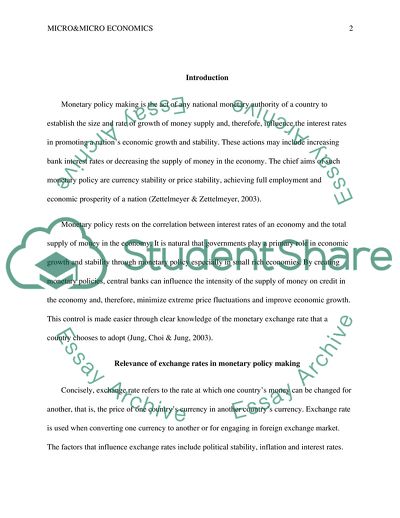Cite this document
(Why are exchange rates relevant for monetary policy making Illustrate Essay, n.d.)
Why are exchange rates relevant for monetary policy making Illustrate Essay. https://studentshare.org/macro-microeconomics/1805230-why-are-exchange-rates-relevant-for-monetary-policy-making-illustrate-using-the-case-of-a-small-open-economy-like-iceland
Why are exchange rates relevant for monetary policy making Illustrate Essay. https://studentshare.org/macro-microeconomics/1805230-why-are-exchange-rates-relevant-for-monetary-policy-making-illustrate-using-the-case-of-a-small-open-economy-like-iceland
(Why Are Exchange Rates Relevant for Monetary Policy Making Illustrate Essay)
Why Are Exchange Rates Relevant for Monetary Policy Making Illustrate Essay. https://studentshare.org/macro-microeconomics/1805230-why-are-exchange-rates-relevant-for-monetary-policy-making-illustrate-using-the-case-of-a-small-open-economy-like-iceland.
Why Are Exchange Rates Relevant for Monetary Policy Making Illustrate Essay. https://studentshare.org/macro-microeconomics/1805230-why-are-exchange-rates-relevant-for-monetary-policy-making-illustrate-using-the-case-of-a-small-open-economy-like-iceland.
“Why Are Exchange Rates Relevant for Monetary Policy Making Illustrate Essay”. https://studentshare.org/macro-microeconomics/1805230-why-are-exchange-rates-relevant-for-monetary-policy-making-illustrate-using-the-case-of-a-small-open-economy-like-iceland.


